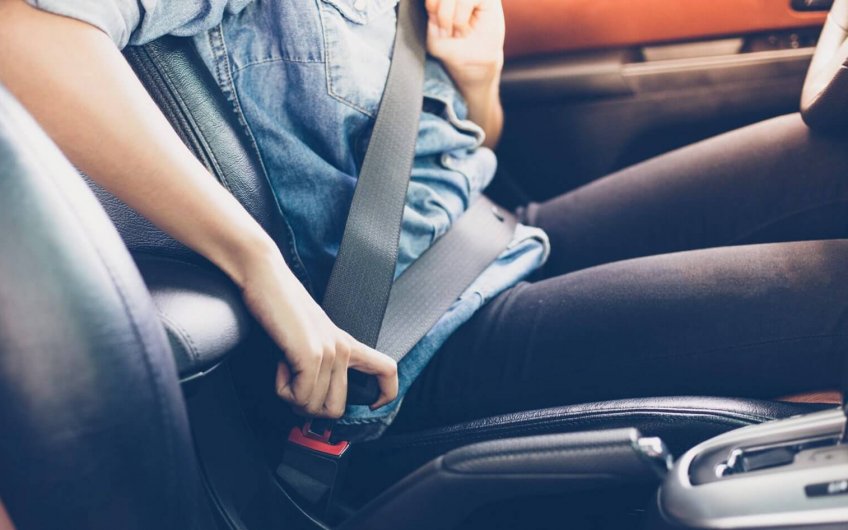
Since November 2017 the so-called seat belt radars have been in full operation and they can be found in different locations around the country. Thanks to these radars, the Directorate General of Traffic intends to ensure that we drive safely.
A measure with the main objective of raising awareness about how important it is to use this safety element. This was demonstrated through the first two that the DGT launched as part of this system and on a trial basis. As part of this trial, drivers, instead of being sanctioned, received a notification stating the infraction they had committed and they were reminded of the importance of wearing a seat belt (for both the offender and the other occupants).
Furthermore, the importance of always wearing a seat belt was stated in this communication, as it reduces the probability of dying after being involved in a traffic accident by 60%.
Seat belt radars are cameras capable of taking up to 50 photographs per second, which are analysed by software designed to identify whether you are wearing a seat belt or not. If this programme detects that you are not wearing it (or there is a doubt), it automatically transfers this image to a system in which an agent will review it and decide if a sanction is required.
Furthermore, you should be aware that these types of cameras do not focus solely on detecting whether a seat belt is being worn or not. They are also able to determine if you are using your mobile phone while driving, as well as check that your vehicle has passed its MOT and has up to date insurance. For this, the data obtained in the photograph is used.
If you are captured by one of these cameras, either using your mobile phone or not wearing your seat belt, the penalty will be the same in both cases: 200 euros and the withdrawal of three points from your driver’s license.
If a child under 12 years of age does not use the mandatory Child Restraint System (CRS), it will also lead to the driver having three points taken off their license. In the event that any of the vehicle’s occupants are not wearing their seat belt, there will also be a fine of 200 euros.
In recent years, there have been various causes that have led to the number of deaths on Spanish roads not declining as intended. Among these factors are ageing cars, the consumption of drugs or the poor condition of some roads.
Among the causes of road accidents, special emphasis is placed on two of them: not wearing a seat belt and getting distracted. Not using the relevant safety systems, such as seat belts and child restraint systems, as well as improper use of mobile phones (causing distractions) make up a high percentage of people who die as a result of driving.
These devices are located on poles and porticos all over Spain. Most of them (60%) are installed on conventional roads because they are the roads where the number of traffic accidents is highest.
The remaining 40% are located on the busiest roads, such as motorways and carriageways.
Whether it is on conventional roads or busy motorways, they are distributed throughout the national territory where the Directorate General of Traffic has the necessary powers to control and monitor traffic (except in the Basque Country and Catalonia).
Here is the list provided by the DGT with the exact locations of the 225 radars that monitor seat belt use in Spain. However, we warn you that the exact locations of these radars could change as already stated by the DGT itself.
A measure that has the ultimate purpose of ensuring that the occupants of vehicles use their seat belts correctly.
The Directorate General of Traffic has communicated on numerous occasions that the installation of the seat belt radars has the aim of reducing the mortality rate in traffic accidents.
The DGT is determined to raise awareness about the importance of using seat belts, whether you are a driver or a passenger.
In short, whether for the good of your own physical integrity (and that of other occupants) as well as to avoid being fined, never forget to wear your seatbelt while driving.